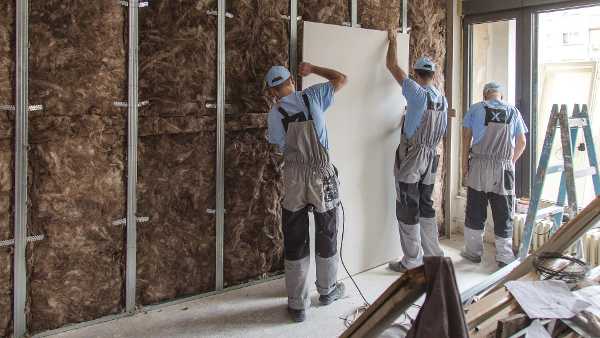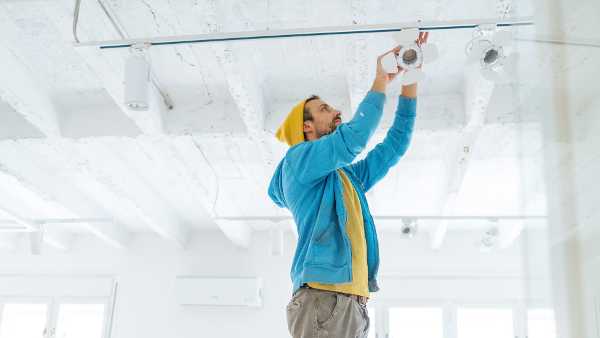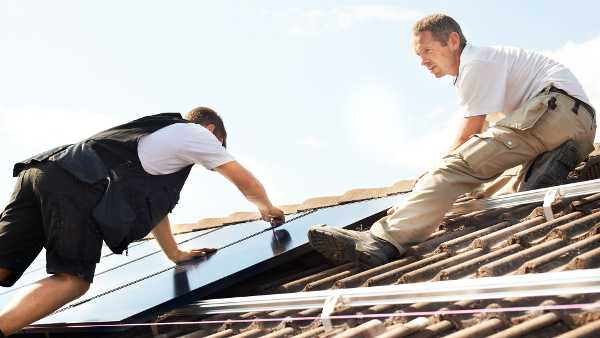Reduce your CO2 emissions: get started now
- How to
- Edited 6 January 2025
- 2 min
- Managing and growing
- Sustainability
Do you know how much CO2 your company emits? Measuring your emissions is the first step towards reducing them. Not only will CO2 reductions save money, they will also prepare you for future laws and rules.
The Netherlands aims to emit much less CO2 by 2030. Businesses have to contribute to this, as agreed in the Dutch Climate (in Dutch). By becoming more sustainable you can reduce your CO2 emissions and save money.
Measure your CO2 footprint
Measure your company's CO2 emissions and find out what you can do to reduce them. There are free online tools, such as the Klimaatplein CO2 calculator or the CO2 calculator by the Climate Neutral Group. You can use the Milieubarometer for free in dozens of municipalities. Or, you can opt for a paid tool, such as the CO2 Performance ladder, or hire an advisor.
The tools reveal the biggest causes of CO2 emissions in your company. This may differ a lot between businesses and sectors, as Rob Van der Rijt, Klimaatplein.com founder, explains. “The CO2 emissions of a transporting company amount are caused for 90% by diesel. A zzp'er who works from home and uses solar power has very little emissions." The amount you can save depends partly on the measures you have already taken. "Some companies use 'green' energy, or install solar panels on their roof. Their energy consumption are free of CO2 emissions."
CO2 reduction: 4 tips
Businesses can reduce their emissions in several ways. Van der Rijt shares the methods most often chosen by companies:
1. Use less energy
Small changes in your energy behaviour cost little and can really make a difference. For example, you can prevent standby power consumption by turning off devices that are left on unnecessarily or lights that are on at night. Simple measures such as closing doors and windows or insulating pipes ensure that no heat is lost. And have you thought of energy-efficient printing?
2. Sustainable purchasing
Companies can also reduce CO2 emissions with a sustainable purchasing policy. For example, by buying locally, buying products with a quality mark, or using bulk packaging.
3. Make transport more sustainable
A good opportunity for increasing your sustainability is to switch to electric driving or a hydrogen-powered car. If you transport goods or deliver packages, you can also look into combining loads or working with other transporters.
You also reduce your CO2 emissions by travelling less. It helps your emissions to have employees work more often, or to encourage them to come by public transport or bicycle. The government has set up schemes to stimulate cycling.
4. Use raw materials and resources more sparingly
You can also use fewer raw materials or resources that last longer. When you buy or make products, consider planning for repair and recycling in their life cycle. Saving on waste also reduces CO2 emissions. Make a start on separating your waste. Also look into the options for using less plastic.
Check your legal obligations
Use the Wetchecker energiebesparing (Laws on energy reduction check, in Dutch) to find out which legal requirements your company needs to fulfil when it comes to saving energy or reducing your carbon footprint.
Sustainability subsidies
Making your business more sustainable costs money. But, says Van der Rijt, there are ways to get some of that money back. "The government offers several options for financing your sustainability efforts. Applying for a subsidy takes time, but your accountant or an energy adviser can help you with that."


